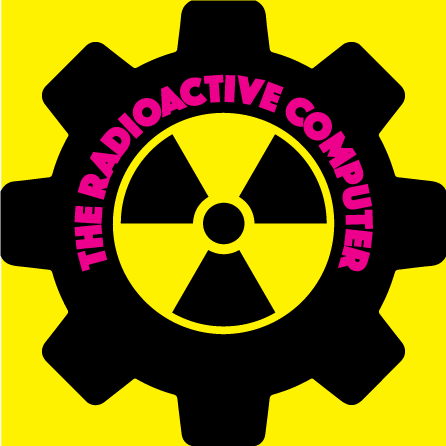Cartography in Gaming: Where We Are
- Cole Conrad Shrader
- Jul 19, 2018
- 4 min read
Cartography is defined as the Science or practice of drawing maps. Cartography is important in giving players of any kind an understanding of not only where they are physically, but also where they are in terms of the world around them, and can let them understand what type of a game they are playing. Small works of art are often exhibited on the maps of games that give personal touch and a breath to the world while certain aspects of their mechanics inform the players about what they should be looking out for in the future. In this post we will be examining the art and mechanics of several maps from Hyper Light Drifter, and its effectiveness in the game it is set.
Map 1: Small overworld

The map of the small overworld does and excellent job of artistically of putting together a theme. It keeps consistent with the game through its color scheme, purple and grey, and its ruinous appearance (overgrown forest, hulking giant on the mountain, destroyed paths). It also prominently displays the areas that can be traversed without putting down physical boundaries like boxes for the different zones. In terms of mechanics very little is shown on the map. The skull at the top of the mountain represents the boss location but has little instruction on how to get there. The diamonds represent the shard locations but again don't show you how to get there and only show half of them. And the blue square at the center is the teleportation pad which is a prominent land mark and only revealed after you find it. Along side these obscure points of interest the character on screen (little red figure) doesn't move with your in game movement. And instead only moves when you exit a screen, this can make it difficult to locate where you are or where you should go. However this goes well with the rest of the game where you posses little information about the world around you and must piece it together through very diligent exploration. As the game continues in the background you're shown a small slice of it in the background, this can help when an enemy you didn't see appears on screen. It also shows you the shards for the area and while you aren't show the location of all of the shards (your given 4), your shown that there are a total of 8 shards missing which tells you to explore more out of bounds. One thing that isn't well represented is the Keys in the upper right corner, which would be better suited to being on the character page.
Map 2: Large overworld

The larger overworld is a lot like the smaller map. Art wise it still fallows the color scheme with the rest of the game. One key difference is that everything is a lot more obscure. The map is more generalized probably to save on time, however this does take away a little bit from the appeal of the map. Mechanically this map shows the amount of shards you have collected from all of the areas. It also shows you what areas you have beaten, where the different teleporters are, and where the bosses are. These pieces of general information can quickly help the player understand what position they are in without having to search each of the smaller overworld maps.
Map 3: Underground

The underground of Hyper Light Drifter is a sprawling maze of the derelict rooms of some long dead civilization. The underground map helps to illustrate that with a map that resembles the subway maps of our modern cities. The map is simplistic in nature providing the same information as the small scale overworld map with locations of shards, bosses and teleporters. It also fallows the color scheme of the overworld just with the addition of the orange to add a techy feel to it. The key themes of mystery are reinforced by the dark lines in the background adding depth to the map and making it feel impossibly labyrinthine. However these background lines are unexplained and a new player might think that they are traverse able, they are not and it could confuse people. Mechanically these maps do an excellent job of reinforcing the idea of exploration. The entrances to the underground don't directly correlate with their position above ground making it a scavenger hunt to find them. Additionally the pink tunnels represent pathways between rooms and can hint at a secret thats position can be inferred by what side of the room the tunnels are attached to. However the underground is seriously lacking a key of any kind and doesn't tell the player if things are above or below ground level. A legend is any sort of table next to a map that says what things are. New players might not understand that the blue squares are not only teleporters but above ground. or that the open squares at the end of the pink lines are stairs while the closed squares at the end of pink lines are elevators. As stated above they might not understand that the dark pink lines are simply background art or that the pink lines represent travel at all. The game counts on the players to learn from their mistakes, however this steep learning curve can alienate some people.
Artistically the maps of Hyper Light Drifter are amazing and represent the games ideals spectacularly. However, the game feels as though it holds the art and idea of the game in a higher standard then its player base. help. or optional help, might have elevated the status of this map game to one fit for all types of players. As of now the map is most suitible for players with a deal of expiriance playing games.
























Comments